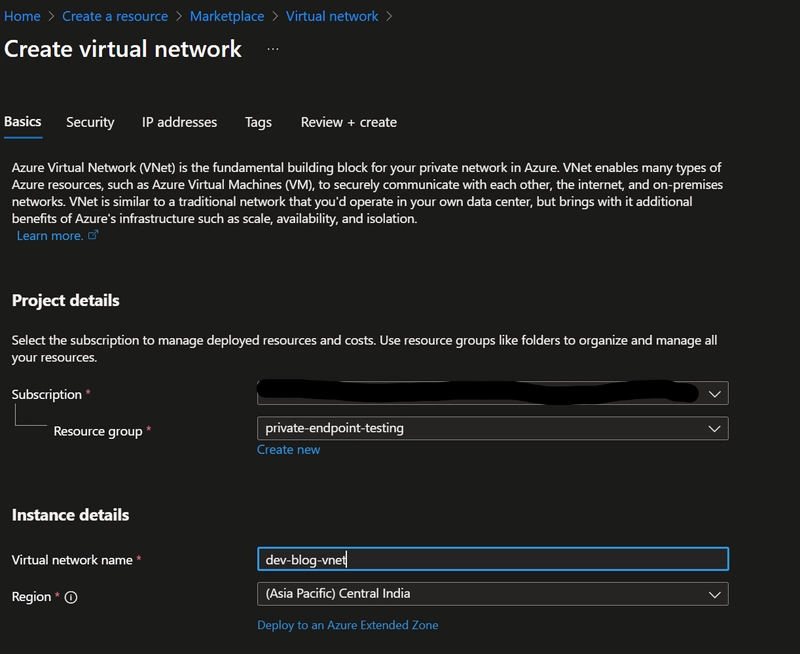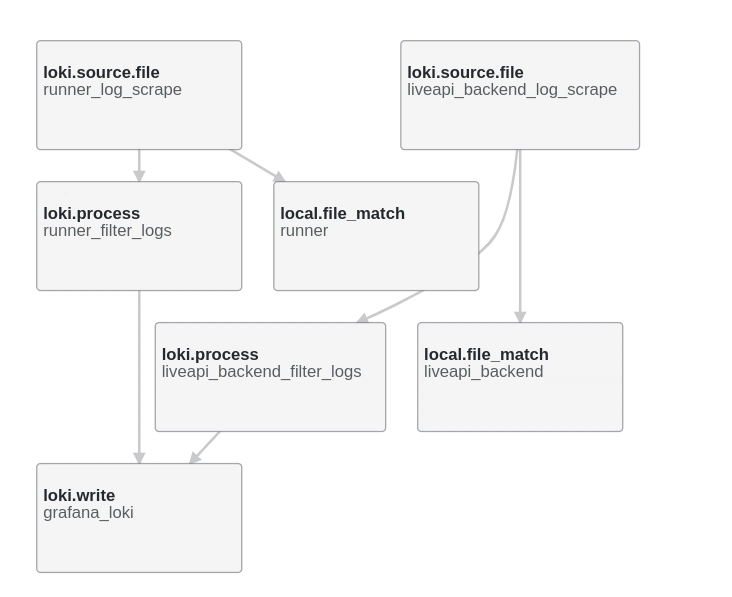Changing Law Services and Legal Practice Through Generative AI
Originally published October 11, 2024Over the past few years, Generative AI (GenAI) has been transforming legal tech—maturing from a novel tool to a critical element in legal workflows and a key selling point for SaaS providers of legal services. From automating legal research to streamlining document drafting, AI is helping law firms and legal departments achieve efficiencies that were previously impossible — but this transformation comes with significant challenges that require training, management, and mitigations. What is legal tech? For those not familiar with legal tech as a vertical, legal tech — sometimes written as LegalTech — refers to the use of technology and software to provide legal services, improve legal processes, and enhance the delivery of justice.Legal tech SaaS companies can be categorized based on their primary users: General or in-house counsel at the enterprise level — these individuals typically focus on compliance management. Law practitioners within firms and independent attorneys.Consumers who seek to manage transactional law processes on their own.The public sector, including courts, public defenders, prosecutors, probation offices, law enforcement, and jail management.Legal tech encompasses both the companies and organizations providing legal services as well as the users they serve. 6 Ways GenAI Is Changing Law PracticeIn legal tech, GenAI is changing everything from law firms’ business operations to automating transactional law to augmenting attorneys’ investigative and research abilities. Here are six use cases in the market today.Automated Legal Research and Document ReviewGenAI is making legal research faster and more efficient by automating the process of sifting through extensive amounts of unstructured data including text, video, emails, and audio.In one example, Thomson Reuters, a leading legal tech provider, has integrated AI into its Westlaw Edge platform. This tool uses AI to provide more precise search results, streamline document review, and offer predictive analytics, enabling lawyers to find relevant case law and legal precedents with greater speed and accuracy.In another example, DISCO offers eDiscovery solutions that leverage AI to automate document review, making it easier for legal teams to identify key documents and manage large-scale litigation efficiently.Contract Management and AnalysisWhile the first wave of web-based contract management platforms rose in the early 2000s, contract management is a persistent need and GenAI is advancing the toolset.Two organizations using AI to support contract management are DocuSign and Evisort. DocuSign uses AI to make the whole contract process easier, from drafting to compliance checks, with tools like DocuSign Insight that quickly scan contracts for risky clauses and ensure everything’s in order. Evisort, another contract management platform, focuses more on what happens before and after a contract is signed to promote outcomes like deal acceleration. Its AI automatically pulls out key details like renewal dates and obligations, giving businesses a clearer view of their agreements and helping them stay on top of compliance.Law firms may benefit from centering models on in-house data, or from having more control over emergent techniques such as RAG (Retrieval Augmented Generation), which allows you to train an AI to look at specific data sets when performing certain queries. As such, a number of larger firms prefer to create their own AI tools for contract generation, like A&O Shearman’s ContractMatrix. Although GenAI can produce initial drafts, advanced models and human-in-the-loop (HITL) techniques further refine and validate outputs.Litigation Prediction and Strategy DevelopmentGenAI is helping analyze historical case data to predict litigation outcomes and helping law firms develop more effective strategies. For example, part of LexisNexis, Lex Machina, focuses on legal analytics by providing data-driven insights on litigation trends, including the behavior of judges, courts, and opposing counsel. It is widely used by law firms for building case strategies based on past decisions and predicting case outcomes.Virtual Legal Assistance and Document FulfillmentBeyond the ubiquitous chatbot, GenAI is enhancing legal services through automated communication and virtual assistance.LegalZoom, a direct-to-consumer legal service provider, uses AI to help clients with document preparation and legal advice, making legal services more accessible and affordable. AI algorithms provide a starting point for functional documents, such as wills and business registration, and their Doc Assist service allows individuals without a law background to quickly interpret complex legal documents and isolate key facts, clauses that may require attention, and common questions to ask the issuer.Courtroom and Emotional Response SimulationGenAI can provide courtroom simulations to help legal professionals with trial planning. JuryLab,

Originally published October 11, 2024
Over the past few years, Generative AI (GenAI) has been transforming legal tech—maturing from a novel tool to a critical element in legal workflows and a key selling point for SaaS providers of legal services. From automating legal research to streamlining document drafting, AI is helping law firms and legal departments achieve efficiencies that were previously impossible — but this transformation comes with significant challenges that require training, management, and mitigations.
What is legal tech?
For those not familiar with legal tech as a vertical, legal tech — sometimes written as LegalTech — refers to the use of technology and software to provide legal services, improve legal processes, and enhance the delivery of justice.
Legal tech SaaS companies can be categorized based on their primary users:
- General or in-house counsel at the enterprise level — these individuals typically focus on compliance management.
- Law practitioners within firms and independent attorneys.
- Consumers who seek to manage transactional law processes on their own.
- The public sector, including courts, public defenders, prosecutors, probation offices, law enforcement, and jail management.
Legal tech encompasses both the companies and organizations providing legal services as well as the users they serve.
6 Ways GenAI Is Changing Law Practice
In legal tech, GenAI is changing everything from law firms’ business operations to automating transactional law to augmenting attorneys’ investigative and research abilities. Here are six use cases in the market today.
Automated Legal Research and Document Review
GenAI is making legal research faster and more efficient by automating the process of sifting through extensive amounts of unstructured data including text, video, emails, and audio.In one example, Thomson Reuters, a leading legal tech provider, has integrated AI into its Westlaw Edge platform. This tool uses AI to provide more precise search results, streamline document review, and offer predictive analytics, enabling lawyers to find relevant case law and legal precedents with greater speed and accuracy.
In another example, DISCO offers eDiscovery solutions that leverage AI to automate document review, making it easier for legal teams to identify key documents and manage large-scale litigation efficiently.
Contract Management and Analysis
While the first wave of web-based contract management platforms rose in the early 2000s, contract management is a persistent need and GenAI is advancing the toolset.Two organizations using AI to support contract management are DocuSign and Evisort. DocuSign uses AI to make the whole contract process easier, from drafting to compliance checks, with tools like DocuSign Insight that quickly scan contracts for risky clauses and ensure everything’s in order.
Evisort, another contract management platform, focuses more on what happens before and after a contract is signed to promote outcomes like deal acceleration. Its AI automatically pulls out key details like renewal dates and obligations, giving businesses a clearer view of their agreements and helping them stay on top of compliance.
Law firms may benefit from centering models on in-house data, or from having more control over emergent techniques such as RAG (Retrieval Augmented Generation), which allows you to train an AI to look at specific data sets when performing certain queries. As such, a number of larger firms prefer to create their own AI tools for contract generation, like A&O Shearman’s ContractMatrix.
Although GenAI can produce initial drafts, advanced models and human-in-the-loop (HITL) techniques further refine and validate outputs.
- Litigation Prediction and Strategy Development
GenAI is helping analyze historical case data to predict litigation outcomes and helping law firms develop more effective strategies. For example, part of LexisNexis, Lex Machina, focuses on legal analytics by providing data-driven insights on litigation trends, including the behavior of judges, courts, and opposing counsel. It is widely used by law firms for building case strategies based on past decisions and predicting case outcomes. Virtual Legal Assistance and Document Fulfillment
Beyond the ubiquitous chatbot, GenAI is enhancing legal services through automated communication and virtual assistance.LegalZoom, a direct-to-consumer legal service provider, uses AI to help clients with document preparation and legal advice, making legal services more accessible and affordable. AI algorithms provide a starting point for functional documents, such as wills and business registration, and their Doc Assist service allows individuals without a law background to quickly interpret complex legal documents and isolate key facts, clauses that may require attention, and common questions to ask the issuer.
Courtroom and Emotional Response Simulation
GenAI can provide courtroom simulations to help legal professionals with trial planning. JuryLab, for example, leverages GenAI to assist with trial planning by simulating jury decision-making. The platform allows attorneys to present case facts and arguments to mock jurors who provide feedback on their likelihood of voting for or against a verdict.By analyzing patterns in jury responses, the AI model helps lawyers refine their strategies before heading to court. This innovative use of GenAI enhances trial preparation by offering insights into how different types of jurors may react to evidence.
Practice Management, Business and Legal Operations
Another great use case for AI is helping law firms optimize their business operations and budgeting processes. Several SaaS companies are already doing this.Clio offers AI-driven insights into business performance metrics, helping law firms track billing, revenue, and client engagement more effectively. And Litify provides an all-in-one platform with AI tools for case management, client relationship management (CRM), and financial analytics.
Litify's AI capabilities enable law firms to forecast revenue, manage expenses, and optimize resource allocation based on historical data and predictive modeling.
4 Emergent GenAI Trends in Legal Tech
In addition to the various ways GenAI is changing law services and legal practice, there are a number of trends emerging that will further meet the needs of companies and customers and open the potential for software’s impact on the industry. Here are four of these emergent trends.
Tailoring for Court-Specific Outputs
One of the most valuable features of GenAI is that it can tailor itself to fit users’ specific needs. In some legal tech examples, it’s not just being used to sum up information or suggest clauses, but is actually drafting legal arguments or specific outputs for court filings.Thomson Reuters’ CoCounsel, which was developed in collaboration with OpenAI, focuses on providing more advanced legal research capabilities through GenAI. CoCounsel aims to draft legal arguments and briefs by analyzing the context of ongoing litigation and crafting responses tailored to specific legal questions. It goes beyond simple search-and-summarize functions, generating nuanced, case-specific legal arguments for users.
Anticipating Human Reactions to Documents
GenAI can help legal professionals anticipate reactions the other party may have based on how a contract is drawn up.One organization that provides these services is Spellbook, which offers a GenAI tool that assists in contract negotiation by drafting responses and suggesting edits directly within a negotiation process. It helps lawyers anticipate counter-arguments and suggests changes to improve or defend specific clauses — or make language less aggressive.
Spellbook’s offering tailors to active human negotiation, which goes beyond language generation by (at least in theory) helping attorneys better understand sticking points in contracts — before the document goes into the other party’s hands.
Replacing or Enhancing the Role of Paralegals
The role of paralegals may be replaced or enhanced through the use of GenAI tools. For example, Harvey.ai provides a GenAI tool tailored for internal legal use, primarily focused on producing highly tailored legal memos.It takes complex questions about case law or regulatory issues and generates comprehensive, domain-specific memos with some understanding of jurisdictional variations. This specialization produces detailed, customized legal analyses, much like an AI-powered paralegal.
Specialized and Niche Domain Expertise in Areas Like Tax Law or M&A
GenAI can help organizations fill specialized and niche roles to help meet their specific needs. Ailira initially started as a general legal research tool but more recently developed capabilities for providing detailed guidance on tax law, particularly in the Australian market. It interprets complex tax regulations, generates personalized tax advice, and assists in drafting tax-related legal documents for individuals and businesses.Ailira's focus on the intricacies of tax law in Australia sets it apart from broader research tools. It is one of the few GenAI systems that dives deep into a specialized area of law, offering interactive advice and document generation based on intricate, niche regulations such as tax compliance.
Additionally Kira Systems has introduced GenAI capabilities specifically for the due diligence process in mergers and acquisitions (M&A). Their tool analyzes thousands of documents and generates detailed summaries of risk factors, key contractual terms, and compliance requirements.
The GenAI drafts custom due diligence reports tailored to the unique needs of a specific transaction, providing lawyers with a head start in understanding potential red flags. Although many tools exist for document review, Kira Systems' GenAI focuses on offering a deeper, contextual understanding of intricate M&A documents.
Transforming Legal Workflows Through Emerging Technologies
Generative AI has rapidly become a transformative force within legal tech, revolutionizing how law firms and legal departments handle everything from research to client interactions. The ability to automate complex tasks and provide predictive insights is enabling greater efficiency and accuracy in legal workflows. There are many promising new players in the GenAI space, adding and deepening utility and specializations.
GenAI is not the only technology trend driving shifts in how attorneys practice or how legal services are offered — advances in data analytics, cloud-based practice management platforms, and document fulfillment/automation are also playing pivotal roles. As these technologies continue to evolve, the future of legal services will be defined by a blend of these tools, creating new opportunities and challenges for the legal industry.
Looking for a legal tech partner to develop a software solution with you? Learn more about our legal tech expertise and AI Software Solutions, or contact us for an exploratory conversation.










































































































































































![[The AI Show Episode 143]: ChatGPT Revenue Surge, New AGI Timelines, Amazon’s AI Agent, Claude for Education, Model Context Protocol & LLMs Pass the Turing Test](https://www.marketingaiinstitute.com/hubfs/ep%20143%20cover.png)




























































































































![From Accountant to Data Engineer with Alyson La [Podcast #168]](https://cdn.hashnode.com/res/hashnode/image/upload/v1744420903260/fae4b593-d653-41eb-b70b-031591aa2f35.png?#)




































































































.png?#)



















































































































































![Apple Posts Full First Episode of 'Your Friends & Neighbors' on YouTube [Video]](https://www.iclarified.com/images/news/96990/96990/96990-640.jpg)

![Apple May Implement Global iPhone Price Increases to Mitigate Tariff Impacts [Report]](https://www.iclarified.com/images/news/96987/96987/96987-640.jpg)





























































































































